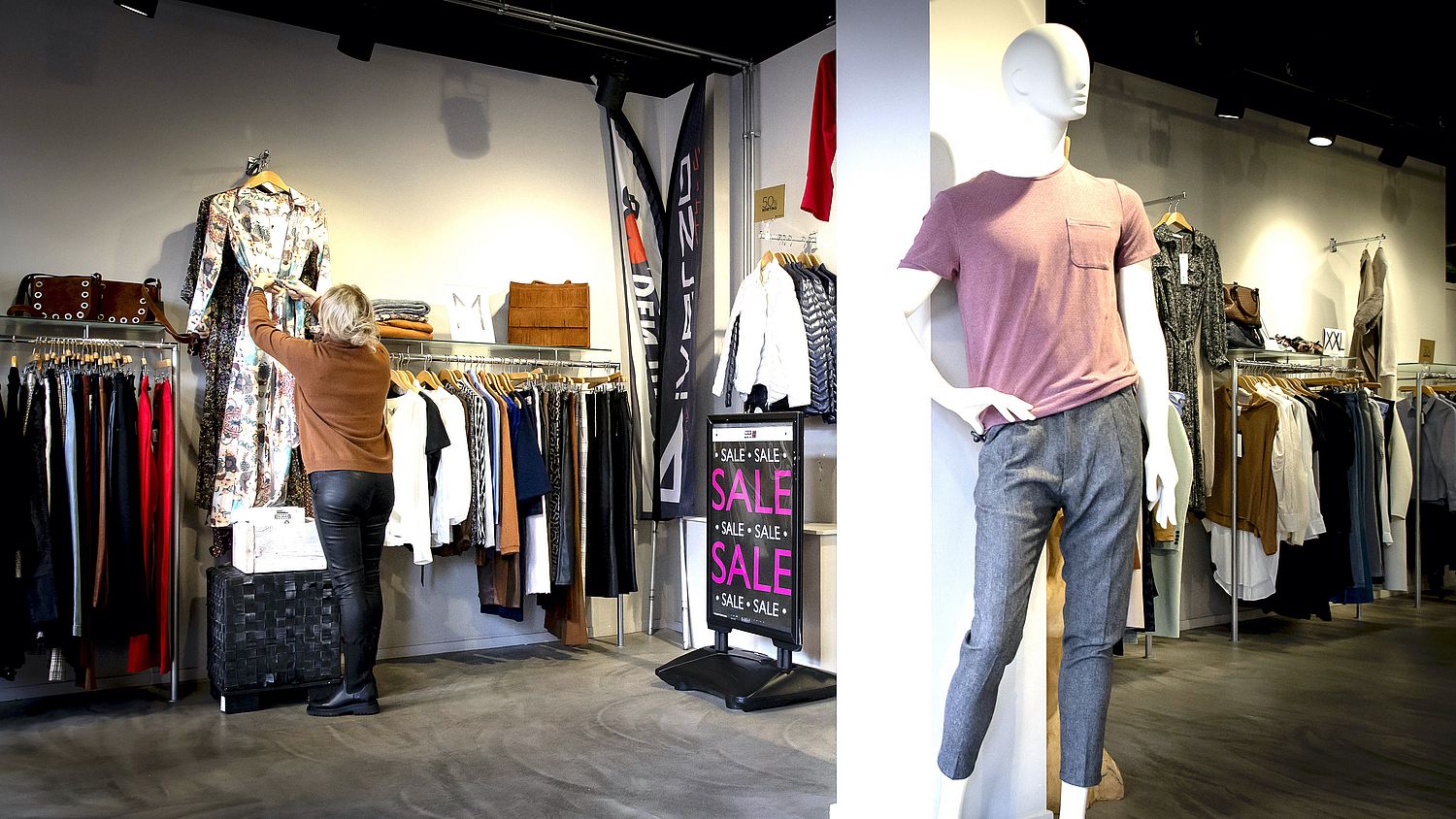Empty clothing stores, but full warehouses. The fashion industry cannot escape the consequences of the lockdown either. The corona crisis exposes the problems within the sector, but there are also solutions. “We have to work together to transform the industry.”
Now that non-essential stores have been closed for some time, many entrepreneurs are left with unsaleable stocks of clothing. Because although a winter coat or a T-shirt does not spoil after a season, when it comes to trends, they prove to be difficult to keep. A report by the Global Fashion Agenda shows that the consequences of the pandemic meant that the surplus of clothing in 2020 was about 40 to 60 percent.
‘Large stock remains’
“Online sales at retailers appear to have increased enormously, but many entrepreneurs say it is nowhere near what they would sell in their stores”, says Anne-Ro Klevant Groen, marketing and communication manager at Fashion for Good, a organization that focuses on innovation in the fashion industry. “There is still a large stock.”
“Selling the collection in a later season would be an option,” she says, “but for high-end fashion that is more difficult than for basic items.” Another solution is to adjust the clothing and still sell, resell or rent out. “Recycling or downcycling are also options.” Brands could also digitize even more. “For example by purchasing more on demand, but also by using digital showrooms and virtual stores.”
–
Reflecting on purchasing behavior
More consumers seem to find sustainability increasingly important, according to research by Global Fashion Agenda. “The demand for a better product is there and the consumer knows more and more. A good trend has therefore begun and is already in motion”, says Klevant Groen. “According to the State of Fashion report 2021, 3 out of 5 consumers look at this when purchasing clothing; that figure has never been so high.”
Due to the pandemic, people would now slow down with their spending and reflect more on their purchasing behavior. “For many, this was also the time to muck up the wardrobe. In addition, the relationship with our wardrobe has changed,” she says. According to her, many clothing brands already work seasonally and are therefore no longer sensitive to trends. “Because we spend a lot of time at home, people have also started wearing more timeless items. For example, we have seen that loungewear has become more popular.”
Also read
‘Do longer with the same clothes’
Part of the solution, according to Klevant Groen, also lies in wearing clothes more often. “We now buy 60 percent more clothing than 15 years ago, but only wear it half as long. I think it is good that as a consumer you buy less and go for better quality, but above all you last longer with that clothing. That too. is already having an impact, ”she explains. “There are celebrities who wear the same dress more often, even the queen does it. In addition, you can also rent or exchange your clothes and also buying and selling second-hand clothing is becoming more and more common. Think of initiatives such as Next Closet or Vinted. It is good if the consumer realizes that buying something new is not the only answer. “
We should therefore look at trends differently. “Everyone in fashion must work together to change the industry. That something a season later is no longer ‘in’ is a thought that has to change,” she says. “But the clothing industry operates on supply and demand. As long as you and I keep buying, brands will continue to offer it.”
Also read
Deposit for clothing
In addition to the fact that consumers and clothing brands have to make adjustments, our government has the task of pursuing stricter policies, says Klevant Groen. “This is possible in the areas of waste, recycling, setting sustainable goals, also at European level.”
“The government can look at who owns the product and what happens to the product at the end of the life cycle. Whether you should be able to throw the item away,” she says. “In the Netherlands, the government is already looking at recycling products. So if you give it back to the clothing brand, for example, you get a voucher for that. Actually, just like you have a deposit on bottles.”

